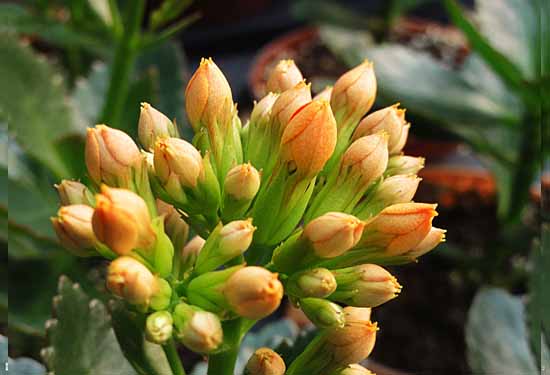A detailed introduction to the method of planting longevity flowers
The cultivation of longevity flowers is relatively easy, and the flowers are beautiful, so they are very suitable for the display of flower art shelves. Because the longevity flowers bear less fruit, or even do not bear fruit, the method of cutting is adopted to propagate in production. The following editor will specifically introduce the specific steps and requirements of the longevity flower insertion method.
The editor recommends: the planting method of jasmine planting skills of cyclamen

[click on the picture to learn more]
The first method of planting longevity flowers: the choice of seasons
The leaf insertion of longevity flowers can be carried out all year round, but it is better in summer and autumn. Before inserting, get ready to insert the bed, and the substrate is fine river sand or sandy loam with good drainage.

[click on the picture to learn more]
When defending and inserting, first cut a certain length of branches from the mother plant, cut off the leaves along the base of the handle with a blade, rinse the incision with fresh tap water, put it in a cool and ventilated place, wait for the sap from the wound to dry and then obliquely insert it into the substrate with a depth of 2 to 3 meters. After insertion, the substrate is compacted, then watered, and 50% wettable powder is sprayed on and around the cuttings once.

[click on the picture to learn more]
Longevity flower insertion method 2: requirements for different time periods
Spray 0. 5% to the cuttings the second day after the longevity flower is planted. 1% mixture of sucrose and urea at one time. As the longevity flower is a succulent plant with high water content, it should not be watered too frequently and the substrate is too wet, which is easy to cause root rot, which is usually watered every 2 to 3 days. Be careful not to get caught in the rain on rainy days. It can take root after about half a month, and the calli at the base of the petiole can grow fine tiller buds after 3-4 weeks. After the tiller buds are unearthed, spray 0-2% potassium dihydrogen phosphate and sucrose mixture once.

[click on the picture to learn more]
After that, spray 0. 5% every 10 days. 5% flower foliar nutrient solution, one and a half months later, it can be transplanted in the pot. The basin soil should be well drained, loose and fertile sandy loam. After being put on the basin, it should be watered every 2-3 days. If the temperature is lower than 5 °C in winter, move people indoors to survive the winter.
Related
- Wuhan Hospital Iron Tree Blooming Result Was Instantly Frightened by the Gardener Master
- Which variety of camellia is the most fragrant and best? Which one do you like best?
- What is the small blue coat, the breeding methods and matters needing attention of the succulent plant
- Dormancy time and maintenance management of succulent plants during dormancy
- Minas succulent how to raise, Minas succulent plant pictures
- What are the varieties of winter succulent plants
- How to raise succulent plants in twelve rolls? let's take a look at some experience of breeding twelve rolls.
- Attention should be paid to water control for succulent plants during dormant period (winter and summer)
- Watering experience of twelve rolls of succulent plants
- Techniques for fertilizing succulent plants. An article will let you know how to fertilize succulent plants.



